
Nearly 1,600 people died when Mt. Agung last erupted in 1963..
Karangasem, Bali, MINA – Thousands living in the shadow of Bali’s rumbling volcano – Mount Agung – fled WEdnesday as fears grew that it could unleash its first major eruption in more than 50 years.
Mount Agung belched smoke as high as 700m above its summit late on Tuesday afternoon, sparking an exodus from the settlements near it. The mountain was quieter yesterday, with no further small eruptions of smoke and steam.
Nearly 1,600 people died when Mount Agung last erupted in 1963, triggering lava flows and sending huge columns of debris and ash into the atmosphere. Eruptions lasted for a year.
The mountain stirred to life again in September, prompting about 140,000 people to leave the area. Many returned home after the volcano’s activity waned, but thousands are now fleeing again.
Also Read: Peaceful Muharram: 2 Million Eid Gift Packages to Orphans and Persons with Disabilities
Some 30,000 people remain displaced in 278 shelters, officials said.
“There are 13 of us, and we are afraid. Our neighbours have also fled,” said Ms Nyoman Sadi, a local resident who said she was leaving with her family.
Disaster officials have warned that fresh activity at Mount Agung could see it blow its top.
But the head of Indonesia’s volcanology centre urged people to remain calm, and said the mountain’s alert level has not yet been raised. The volcano’s alert level was still kept at level 3 on Tuesday, as the authorities said there had not been any increase in seismic activity.
Also Read: Responsible Gadget Use Strengthens Healthy Digital Literacy
“Yesterday, there was smoke and steam as high as 700m, and last night there were tremors for quite a while – around three hours,” Mr Kasbani, who like many Indonesians goes by one name, told Agence France-Presse yesterday.
“The mountain continues to spew smoke, but there hasn’t been any big eruption so far.”
Mount Agung lies 75km from Bali’s main tourist areas, which attract millions of tourists every year.
Flights have not been affected so far, but officials have estimated that concerns about an eruption over the past few months have cost the island at least US$110 million (S$149 million) in lost tourism and productivity as many locals moved to shelters.
Also Read: KMP Tunu Pratama Jaya Sinks, Marking Another Tragedy in the Bali Strait
Refusal of travel insurers
On Tuesday, Indonesia’s National Disaster Mitigation Agency (BNPB) described the eruption as “phreatic”, which is a steam-driven explosion that occurs when water beneath the ground or on the surface is heated by molten rock, known as magma, lava, hot rocks or new volcanic deposits, according to The Sydney Morning Herald (SMH).
In a separate report yesterday, the SMH said some travel insurers are refusing to provide cover for any volcano-related travel disruptions if policies were taken out after Mount Agung erupted on Tuesday, saying it would no longer be an “unforeseen event”.
It said at least two travel insurers – Travel Insurance Direct and 1Cover Travel Insurance – have issued cover cut-offs for any claims that might arise from the volcanic activity.
Also Read: Prominent Legal Expert Abdul Rahman Saleh Passes Away
In a statement on its website, Travel Direct said that for policies purchased after 5.05pm Singapore time on Tuesday, “cover is not available for claims arising from any volcanic activity, including any new ash cloud events, as such events are no longer unforeseen”.
Indonesia lies on the Pacific “Ring of Fire”, where tectonic plates collide, causing frequent volcanic and seismic activities.
In 2010, Mount Merapi in Java – considered one of the most active and dangerous volcanoes in the world – erupted after rumbling since 2006, killing more than 300 people and forcing 280,000 to flee.
Mount Sinabung on Sumatra Island – which is currently at its highest alert level – has been active since 2013. (T/RS5/RS1)
Also Read: A Joyous Moment for Indonesian Volleyball: Megawati Hangestri Ties the Knot
Mi’raj Islamic News Agency (MINA)





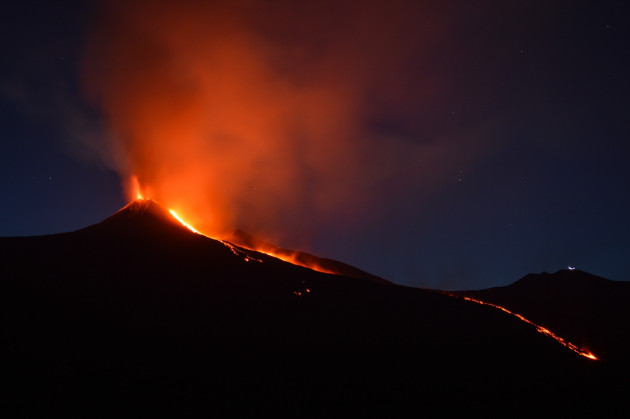









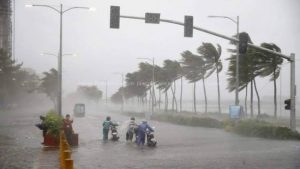

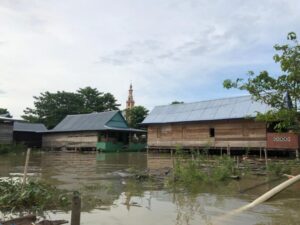


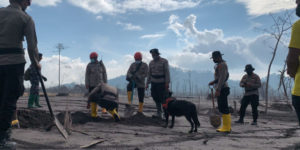



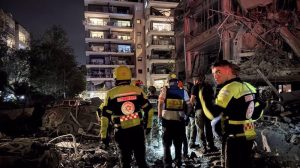


![MUI Chairman for Foreign Relations and International Cooperation, Sudarnoto Abdul Hakim (center) at the One Million Women for Gaza Press Conference entitled "Women Boycott Pro-Israel Products" held at the Swiss-Belinn Cawang Hotel, East Jakarta, Thursday (3/7/2025). [Photo: Arina/MINA]](https://en.minanews.net/wp-content/uploads/2025/07/20250703_144042-scaled-1-300x225.jpg)





 Mina Indonesia
Mina Indonesia Mina Arabic
Mina Arabic